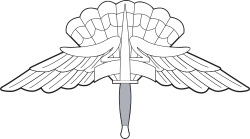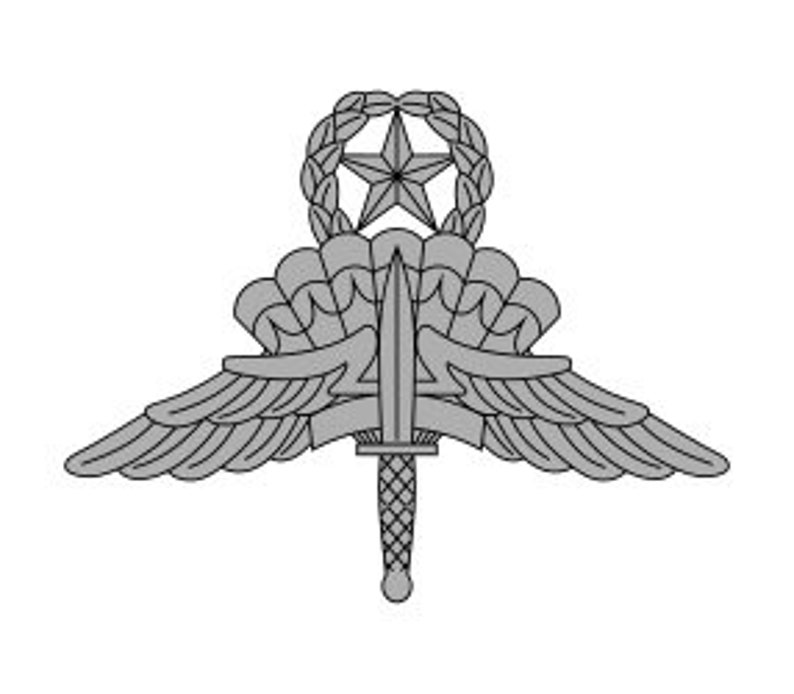
Stapp also solved many of the problems of high-altitude flight in his earliest work for the U.S. Stapp, a research biophysicist and medical doctor, used himself in rocket sled tests to study the effects of very high g-forces. The origins of the HALO technique date back to 1960 when the United States Air Force began conducting experiments that followed earlier work by Colonel John Stapp in the late 1940s through early 1950s on survivability for pilots ejecting at high altitude. Military parachutists will often reach a terminal velocity of 126 mph (203 km/h), allowing for a jump time under two minutes. In typical HALO/HAHO insertions the troops jump from altitudes between 15,000 and 35,000 feet (4,600 and 10,700 m). In military operations, HALO is also used for delivering equipment, supplies, or personnel, while HAHO is generally used exclusively for personnel. In the HALO technique, the parachutist opens the parachute at a low altitude after free-falling for a period of time, while in the HAHO technique, the parachutist opens the parachute at a high altitude just a few seconds after jumping from the aircraft.Īlthough HALO techniques were first developed in the 1960s for military use, in recent years HALO parachute designs have been more widely used in non-military applications, including as a form of skydiving.

Two techniques are used: HALO (high altitude – low opening, often called a HALO jump) and HAHO (high altitude – high opening).
#Freefall badge army free#
High-altitude military parachuting, or military free fall ( MFF), is a method of delivering military personnel, military equipment, and other military supplies from a transport aircraft at a high altitude via free-fall parachute insertion.


2eme REP Legionnaires HALO jump from a C-160.


 0 kommentar(er)
0 kommentar(er)
